SOURCE: RAUNAK KUNDE / NEWS BEAT / IDRW.ORG
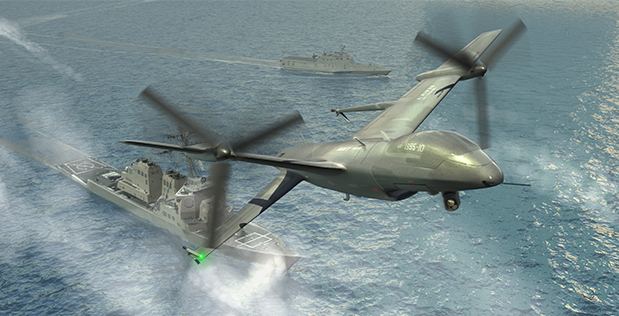
representational image
The Aeronautical Development Establishment (ADE) is set to design an autonomous ship-based reconnaissance aircraft capable of vertical take-off and landing (VTOL). This VTOL drone aims to be a runway-independent, cost-efficient aircraft with versatile capabilities, including reconnaissance, intelligence collection, and ship-to-shore logistics support. The innovative drone will possess advanced features and the ability to operate in adverse weather conditions without the need for traditional infrastructure.
The VTOL drone being developed by ADE will be specifically designed to operate from ships, making it highly adaptable and flexible for various naval missions. Its vertical take-off and landing capabilities will eliminate the requirement for conventional runways, enabling it to operate from confined spaces such as ship decks.
Continue readingSOURCE: RAUNAK KUNDE / NEWS BEAT / IDRW.ORG

TATA Group has emerged as a leading contender to replace Anil Ambani’s Reliance Group as a partner for the French company Dassault Aviation in their joint venture (JV) known as Dassault Reliance Aerostructure Ltd (DRAL). Recent reports suggest that Dassault Aviation has decided to withdraw from the venture, leading to the dissolution of the partnership.
Dassault Reliance Aerospace, a subsidiary of DRAL, is involved in the supply of aero structure assemblies for Falcon 2000 business jets and components for Rafale aircraft. The company operates within the global supply chain of Dassault Aviation, with its facility located at the Mihan Special Economic Zone (SEZ) in Nagpur, Maharashtra.
Continue readingSOURCE: RAUNAK KUNDE / NEWS BEAT / IDRW.ORG

Safran Aerospace, a leading French aerospace company, has recently reached agreements with Hindustan Aeronautics Limited (HAL) to hand over the complete Transfer of Technology (ToT) for the SHAKTI 1H1 engines. These engines power Indian-made helicopters such as the ALH MKIII (Dhruv), MK IV (Rudra – WSI), and LCH (Light Combat Helicopter). This development marks a significant step forward in India’s indigenization efforts and its goal of manufacturing all components and subsystems domestically.
HAL has already manufactured 500 Shakti engines, but until now, the engines were partly manufactured by HAL under license from Safran. The Shakti engine is a derivative of the Safran Ardiden 1H1, specifically designed for high-altitude operations. India is the only user of the Shakti engines, which have demonstrated their reliability and performance in various operational scenarios.
Continue readingSOURCE: JOYDEEP GHOSH/ FOR MY TAKE / IDRW.ORG

A Main Battle Tank or MBT or just tank is the most destructive and powerful land assault system for an army column. The tank that weighs anywhere between 40 tons (medium) to 68 tons (heavy) to 25 tons (light), and is key to any assault that it spearheads. Tanks are mobile, Armoured, heavy weapons platforms and the tank gun is the most critical part of the tank. Most of today’s modern day tank guns are above 100mm (105 mm, 115 mm, 120 mm, 125 mm) with 120mm being the most common.
The tank guns are housed in a rotating turret which allows the tank to engage enemy targets at just about any orientation. There are 2 types of tank guns that are differentiated by the make of barrel, smoothbore and rifle bore. A smoothbore barrel is completely smooth on the inside, cut into the metal, while a rifled-bore barrel has spiraling grooves cut on the inside of the barrel, that help guide a tank shell down the length of the barrel.
Continue readingSOURCE: RAUNAK KUNDE / NEWS BEAT / IDRW.ORG
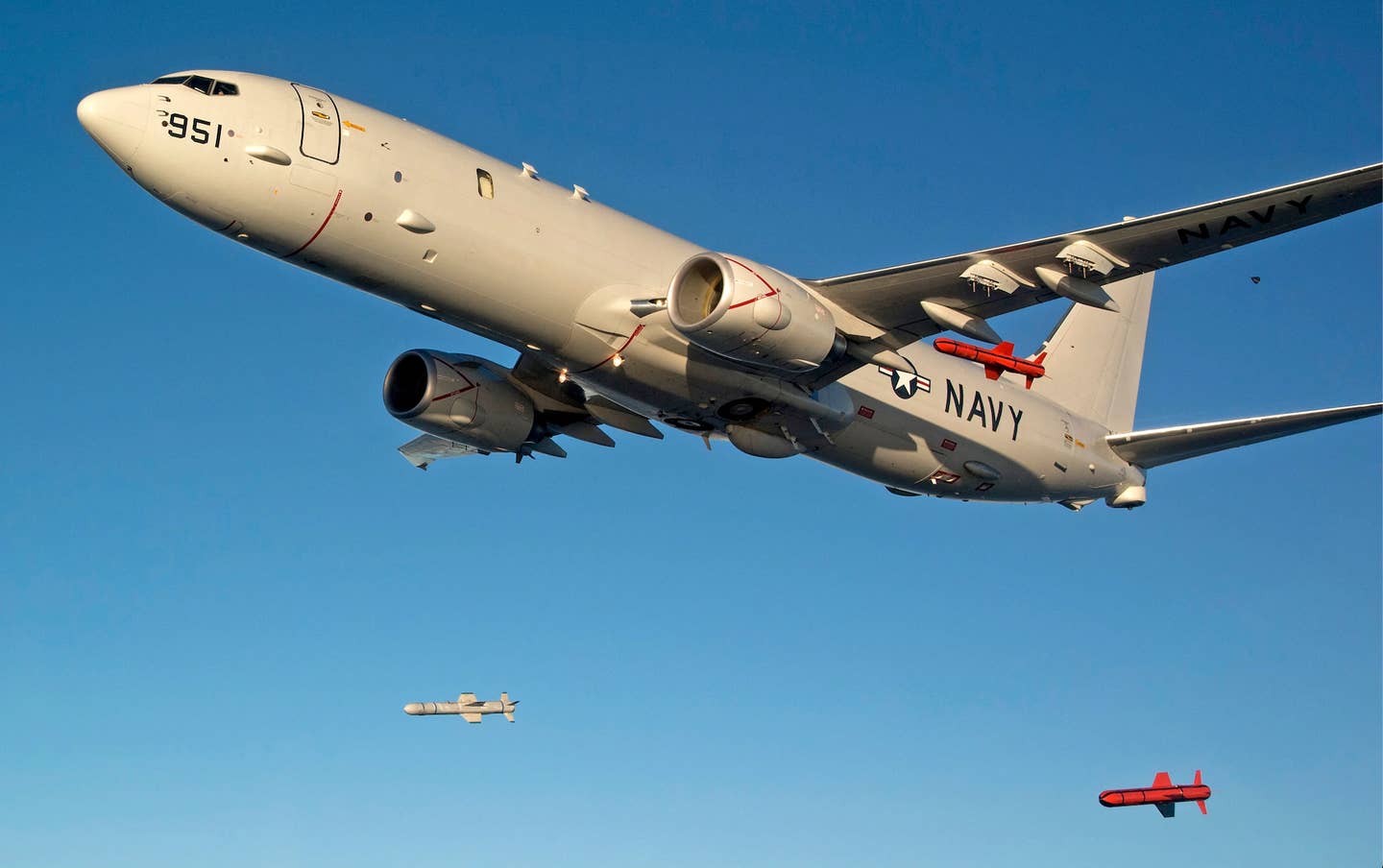
Indian Navy officials and representatives from BrahMos Aerospace are engaged in discussions regarding the potential integration of the BrahMos-NG Air Launched Cruise Missile (ALCM) onto the underwing pylons of the P-8I aircraft. These discussions are taking place in anticipation of the developmental trials of the missile system, which are expected to commence by the end of next year, starting with the Indian Air Force’s Sukhoi-30MKI aircraft.
Sources familiar with the matter have confirmed that the P-8I aircraft will be capable of carrying four BrahMos-NG missiles under its wings, with each underwing pylon capable of supporting at least 1.3 tons, plus the adapter. However, further studies and evaluations, in collaboration with Boeing, are necessary to confirm the feasibility of effectively integrating the missile system onto the aircraft, taking into account its technical specifications and operational requirements.
Continue readingSOURCE: RAUNAK KUNDE / NEWS BEAT / IDRW.ORG
The Indian Navy (IN), along with the Bhabha Atomic Research Centre (BARC) and the Electronics Corporation of India Limited (ECIL), signed a tripartite memorandum of understanding (MoU) on July 10, 2023. The MoU aims to facilitate the indigenous development and production of various control systems and multifunctional display/control consoles for the IN’s projected fleet of six nuclear-powered attack submarines (SSNs).
The signing ceremony took place in the presence of Vice Admiral Dinesh K Tripathi, Flag Officer Commanding-in-Chief, Western Naval Command, and Dr Ajit Kumar Mohanty, Secretary of the Department of Atomic Energy. The collaboration seeks to enhance self-reliance and support the indigenous manufacturing of 11 types of control systems, including those used by the 90mWt pressurized water nuclear reactors, which were previously imported from Russia’s JSC Concern Avrora SPA for the IN’s S-2, S-3, and S-4 SSGNs.
Continue readingSOURCE: RAUNAK KUNDE / NEWS BEAT / IDRW.ORG

Hindustan Aeronautics Limited (HAL), the Indian state-owned aerospace and defence company, has recently received a restricted type certificate from the European Aviation Safety Agency (EASA) for its twin-engine Dhruv advanced light helicopter. Building on this achievement, HAL is now set to embark on the EASA certification process for its single-engine LUH (Light Utility Helicopter). This move will enable the civilian variant of the LUH to be marketed and sold in the European market.
The LUH is a cutting-edge helicopter in the 3-ton class, boasting state-of-the-art technology features such as a glass cockpit with multi-function displays (MFD). Powered by a single turboshaft engine with ample power margin to handle demanding high-altitude missions, the LUH is designed to meet the evolving needs of this class of helicopters in the coming decades.
Continue readingSOURCE: RAUNAK KUNDE / NEWS BEAT / IDRW.ORG

French Aerospace Engine manufacturer Safran has emerged as a key player in the development of advanced engines for India’s next-generation fighter jets. Safran has offered to co-develop a new after-burning turbofan engine for India’s 5th generation Advanced Medium Combat Aircraft (AMCA) fighter jet. What sets this engine apart is Safran’s claim that it can be upgraded for future platforms without requiring significant changes to the core of the engine.
One of the major advantages of Safran’s proposed engine is its compatibility with future technologies. The company plans to integrate cutting-edge technologies into the engine that would allow for seamless upgrades without the need for extensive modifications to the core structure. This ensures that the engine remains adaptable and can be incorporated into future fighter jet platforms.
Continue readingSOURCE: RAUNAK KUNDE / NEWS BEAT / IDRW.ORG
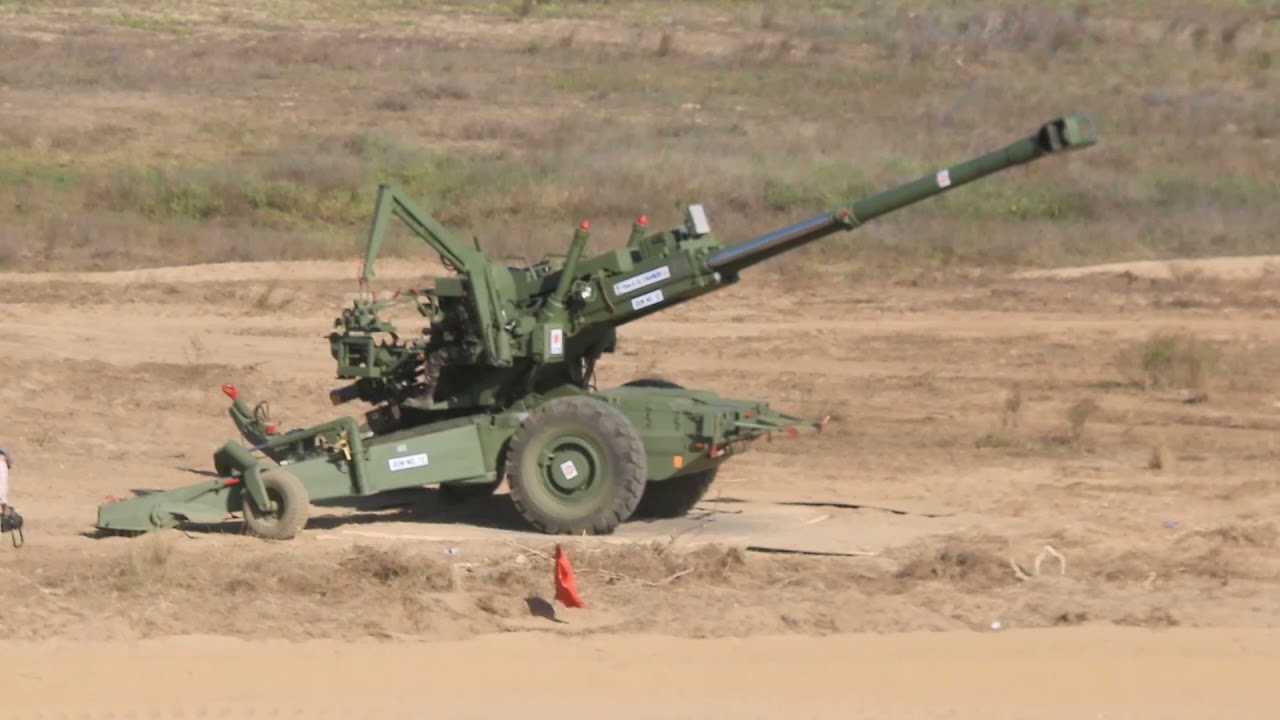
The Indian Army began taking deliveries of the locally developed upgraded Dhanush howitzer last year, marking a significant milestone in the country’s artillery modernization efforts. The Dhanush howitzer is based on the Transfer of Technology acquired for the Bofors howitzers.
In 2019, Advance Weapons and Equipment India Limited (AWEIL) delivered six Dhanush 155×45 mm howitzers. However, the guns were subsequently flagged for quality issues, leading to a four-year halt in production. During this time, technical issues were rectified, and improvements were made to the workmanship of the guns. Following rigorous retesting and clearance last year, deliveries of the remaining 114 guns, ordered as replacements for the original Bofors howitzers procured in the mid-1980s, resumed.
Continue readingSOURCE: RAUNAK KUNDE / NEWS BEAT / IDRW.ORG
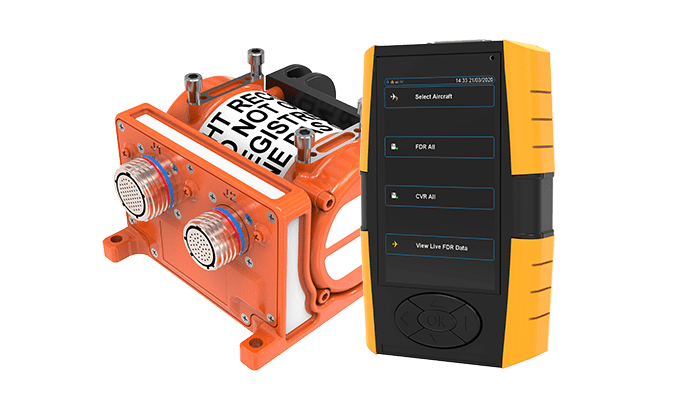
The Technology Development Fund of the Defence Research and Development Organisation (DRDO) is actively seeking collaboration with Indian private sector companies to develop a Wireless Aircraft Flight Data Recorder (FDR) system. This system is designed to wirelessly transmit and receive data from the aircraft’s data recorder to a ground station, eliminating the need for manual data transfer.
The Flight Data Recorder is a critical component that stores crucial parameters captured by various sensors during a flight. These parameters include data on vibrations, engine performance, and control surface status, among others. The aircraft recording and monitoring system encompasses the storage and processing of data collected from these embedded systems and sensors. In modern fighter aircraft, three flight data recorders are typically installed at different locations within the aircraft.
Continue readingSOURCE: RAUNAK KUNDE / NEWS BEAT / IDRW.ORG

BrahMos Aerospace is making significant strides in the development of its next-generation air-launched cruise missile, BrahMos NG. Having completed the preliminary design phase, the organization is now poised to commence the metal-cutting exercise, marking the beginning of manufacturing the first units of the missile. These units will be utilized for developmental trials and further testing.
Atul Dinkar Rane, CEO and MD of BrahMos Aerospace confirmed that BrahMos NG will be specifically developed as an air-launched cruise missile. The Su-30MKI aircraft, which has already been integrated with the larger BrahMos-A ALCM variant, will serve as the platform for testing BrahMos NG. This decision leverages the existing capabilities of the Su-30MKI and facilitates the smooth transition to the next-generation missile.
Continue readingSOURCE: RAUNAK KUNDE / NEWS BEAT / IDRW.ORG
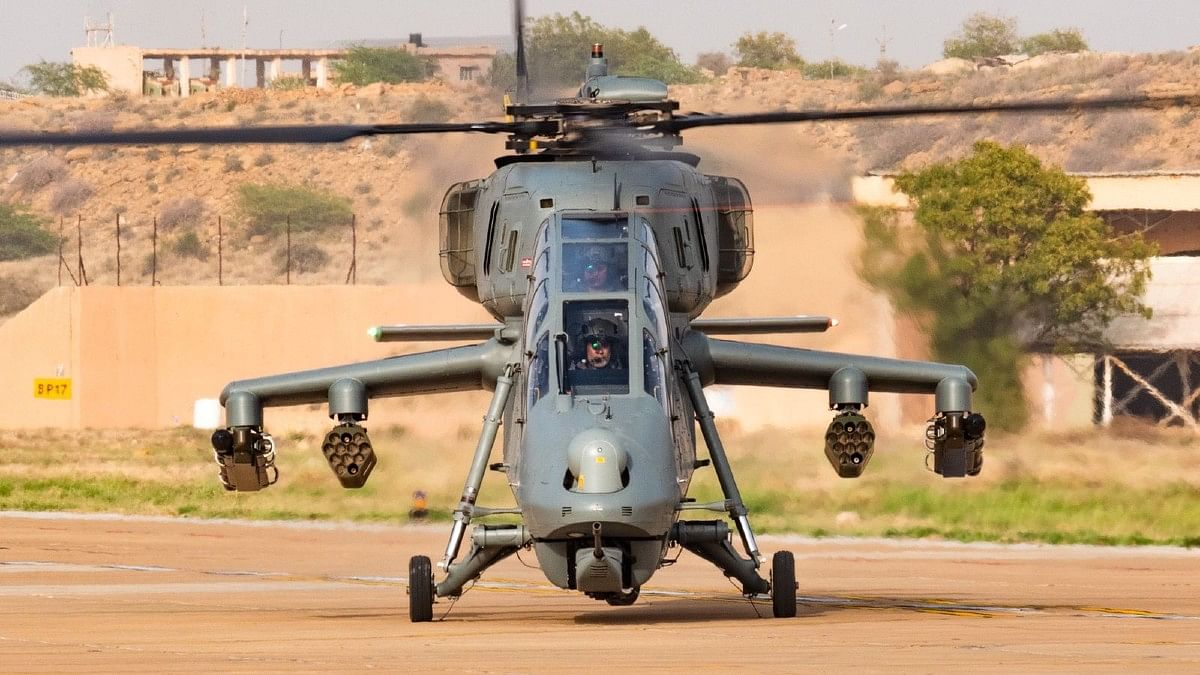
India’s Light Combat Helicopter (LCH) Prachand, a domestically developed attack helicopter, is set to be equipped with the Integrated Defence Aids Suite (IDAS) system, developed by the Defense Research and Development Organisation (DRDO).
The IDAS system plays a crucial role in enhancing the survivability of the platform in challenging threat environments. Saab’s IDAS system has already been integrated into 200 Indian Army and Air Force versions of the Advanced Light Helicopter (ALH) Dhruv.
Continue readingSOURCE: RAUNAK KUNDE / NEWS BEAT / IDRW.ORG
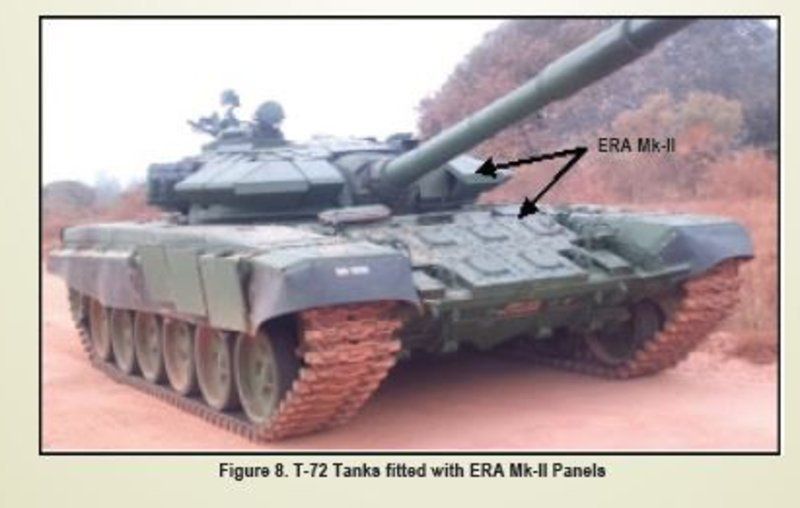
The Indian Army has made a crucial decision to upgrade its fleet of 1,400 T-72 M1 (CI Ajeya) tanks by equipping them with the state-of-the-art Explosive Reactive Armour (ERA) Mk-II. This upgrade aims to provide enhanced protection against modern anti-tank guided missiles, as well as High Explosive Anti Tank (HEAT) and Kinetic Energy ammunition. 1,400 T-72 M1 are currently equipped with the ERA Mk-I.
The High Energy Materials Research Laboratory (HEMRL), in collaboration with the Defence Metallurgical Research Laboratory (DMRL) and the Combat Vehicles Research & Development Establishment (CVRDE), has successfully developed the ERA Mk-II for adaptation to the T-72 tanks and the upcoming Arjun MBT Mk-II.
Continue readingSOURCE: RAUNAK KUNDE / NEWS BEAT / IDRW.ORG
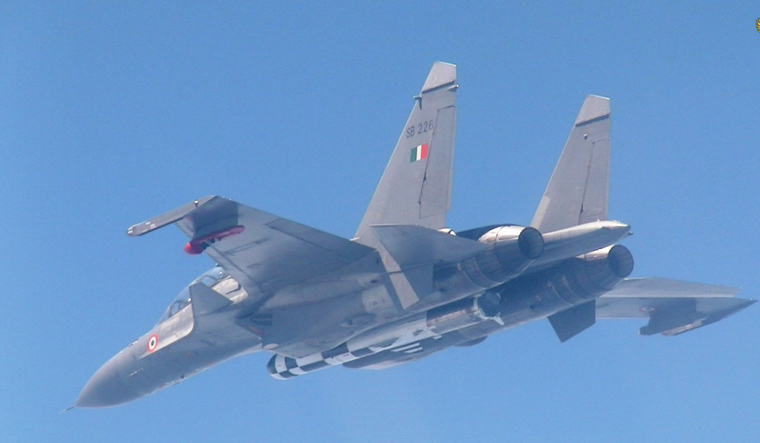
Atul Dinkar Rane, CEO and MD of BrahMos Aerospace, highlighted the potential for future orders of the Air-Launched BrahMos missile from Russia, citing the absence of an equivalent system in their arsenal. According to Rane, the Air-Launched BrahMos represents a significant advancement and possesses unique capabilities that make it an attractive option for export.
Its unmatched performance and technological superiority position it as a game-changer in the global arms market. Despite the admiration expressed by the Russian Air Force for the BrahMos Air-Launched Cruise Missile (ALCM), no export agreements have been finalized thus far.
Continue readingSOURCE: RAUNAK KUNDE / NEWS BEAT / IDRW.ORG

The Defense Research and Development Organisation (DRDO) has issued a Seeking Expression of Interest (EOI) for the identification of an industry partner for the Transfer of Technology (ToT) of the Electronic Warfare (EW) Suite for LCA Mk1A. Companies with over 10 years of experience in the production of complex airborne mission systems, such as Avionics, Radar, and EW Systems, have been invited to participate in the bidding process.
The EW Suite for LCA Mk1A has been jointly developed by CASDIC in Bangalore and DLRL in Hyderabad. It consists of a Radar Warning Receiver (RWR) system and an Advanced Self-Protection Jammer (ASPJ) Pod. The Indigenous RWR system incorporates the latest RF and Digital technologies and is a fully digital solution with powerful real-time signal processing using advanced algorithms.
Continue reading